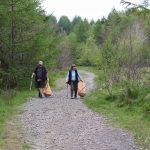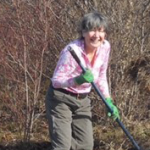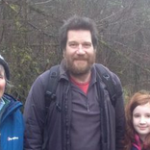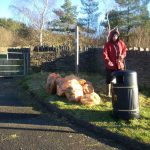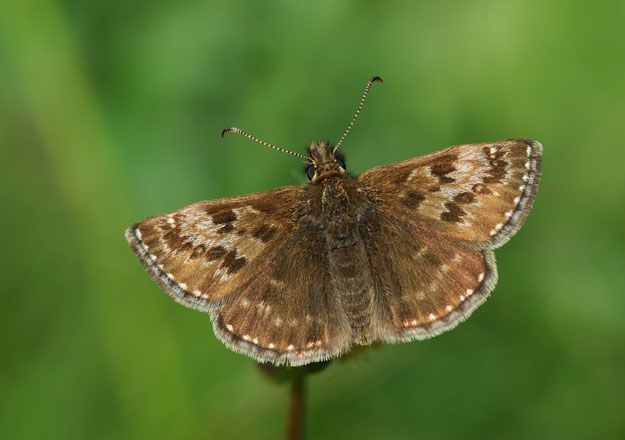- info@sirhowyhillwoodlands.co.uk
- Thomas Ellis Way, Tredegar NP22 4QF
- About Us
- Get involved
- Visit Us
Visit Tredegar & our Woodlands
Come and visit us!
Sirhowy Hill Woodland
Thomas Ellis Way
Tredegar
Blaenau Gwent
NP22 4QF - Wildlife
- Woodland Shop
Latest and greatest products, direct from our
Woodland Shop
Sourced from the Woodlands and the local community.
You have
item(s) in your bag
- Home
- /
- Blog
- /
- Animals & Wildlife
- /
- Butterflies
- /
- Dingy Skipper

Scientific name: Erynnis tages
Dingy Skipper
Moth-like in appearance, this small brown and grey butterfly is extremely well camouflaged on the bare ground on which it like to bask.
Found in Britain and Ireland but becoming increasingly rare. Grey-brown wings with mottled brown markings and two rows of small white spots. A small butterfly with low, darting flight. Grizzled Skipper is similar in size but has brighter black and white markings.
In sunshine, the Dingy Skipper often basks on bare ground with wings spread wide. In dull weather, and at night, it perches on the tops of dead flowerheads in a moth-like fashion with wings curved in a position not seen in any other British butterfly. This small brown and grey butterfly is extremely well camouflaged. It may be confused with the Grizzled Skipper, the Mother Shipton moth and Burnet Companion moth, which sometimes occur on the same sites at the same time.
The Dingy Skipper is locally distributed throughout Britain and Ireland, but has declined seriously in recent years.
What does the Dingy Skipper eat?
The Dingy Skipper eats Bird’s-foot-trefoil (Lotus corniculatus) in all habitats. The Dingy Skipper also eats Horseshoe Vetch (Hippocrepis comosa) and Greater Bird’s-foot-trefoil (L. pedunculatus).
What habitat does the Dingy Skipper live in?
The Dingy Skipper lives in a wide range of open, sunny habitats including chalk downland, woodland rides and clearings, coastal habitats such as dunes and undercliffs, heathland, old quarries, railway lines and waste ground.
Suitable conditions occur where foodplants grow in a sparse sward, often with patches of bare ground in a sunny, sheltered situation. Taller vegetation is also required for shelter and roosting.
What family does the Dingy Skipper belong to?
The Dingy Skipper belongs to the Hesperiidae family.

Click to view more
Statistics
Scientific Name
Erynnis tages
Location
England, Wales, Scotland and Ireland
Size
Small sized
Wingspan Range: 29mm
Population
Distribution Trend Since 1970’s = Britain: -48%

Other Wildlife


